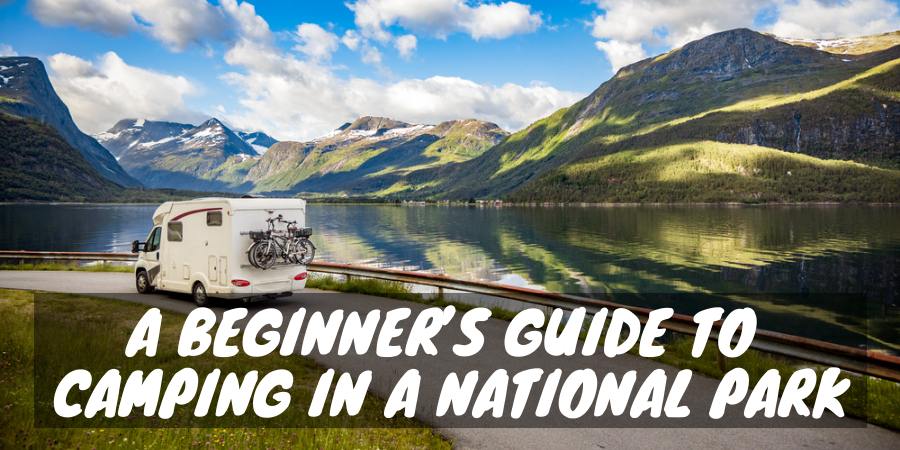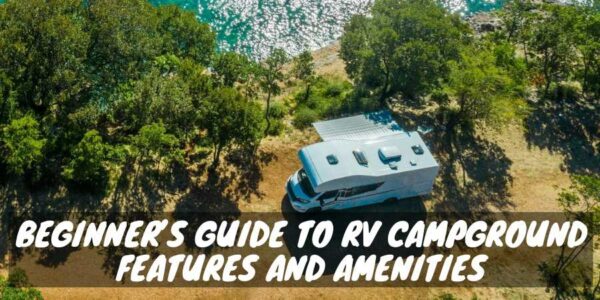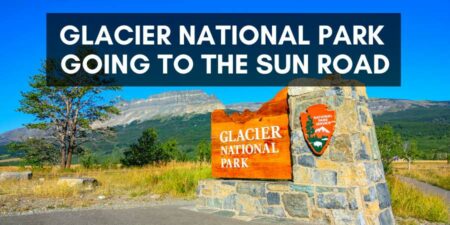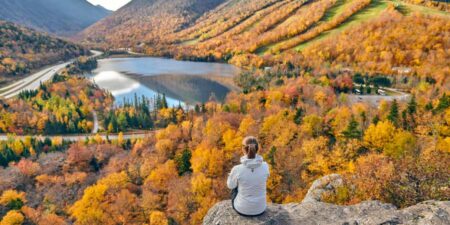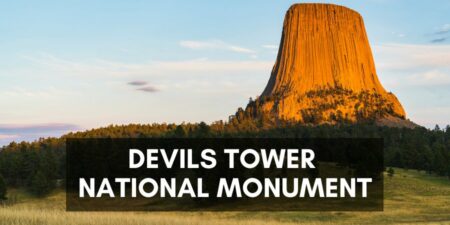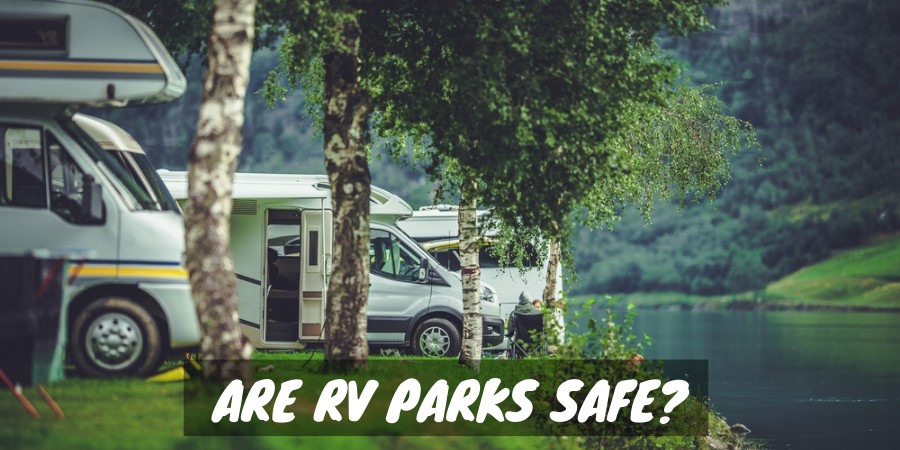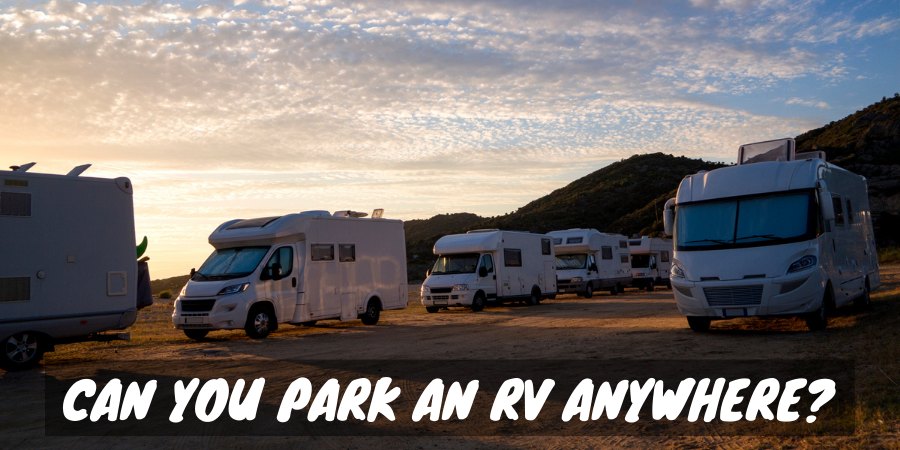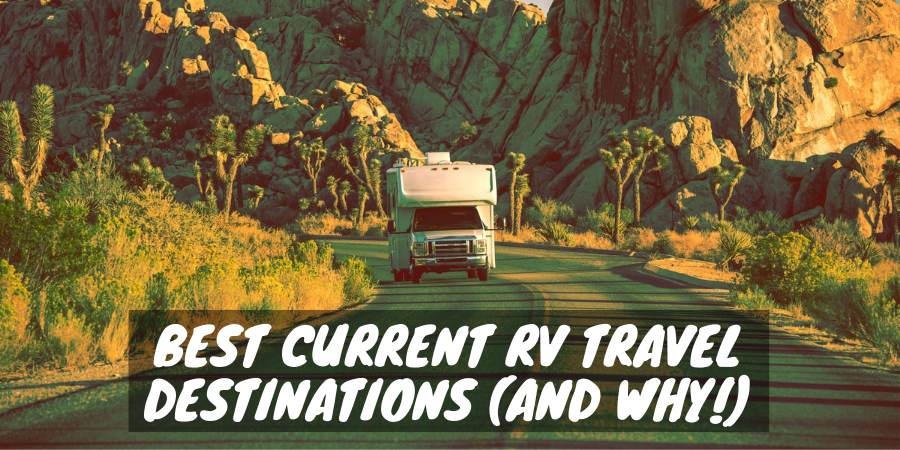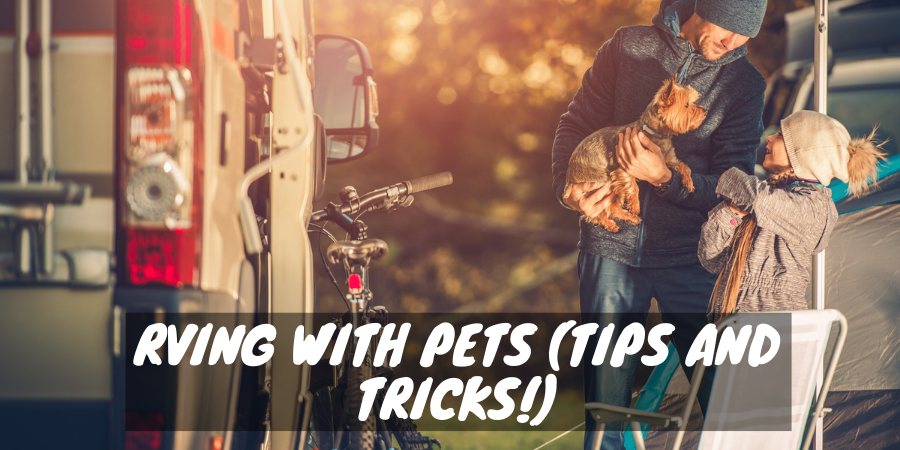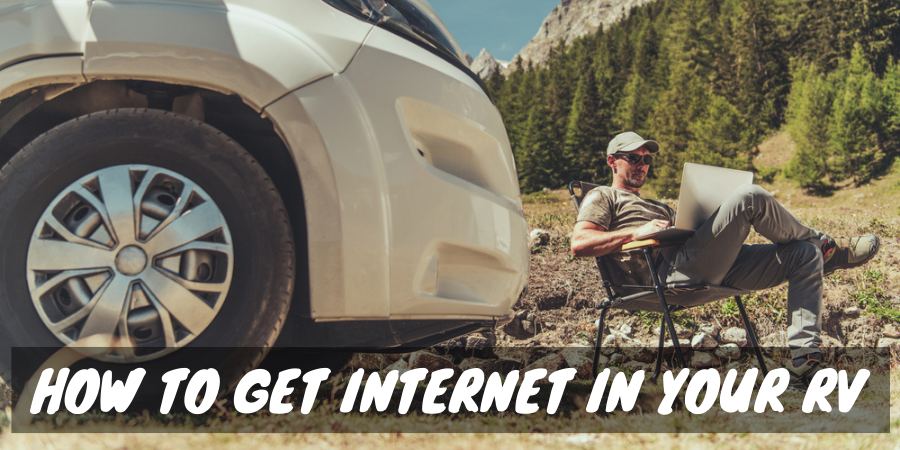Did you know that national parks are still the most popular destination for RVers? And it’s not surprising given what you get from visiting them — pristine nature, beautiful sunsets, clean, fresh air, and of course those delicious, lightly-toasted marshmallows!
If any of the now 63 U.S. national parks are on your bucket list, here’s a beginner’s guide that explains how to get the most from your experience camping in one.
Quick fact: In December 2020, New River Gorge National Park and Preserve in West Virginia became the 63rd U.S. national park managed by the U.S. National Park Service.
Camping at a national park is very different than private campgrounds with nice amenities so we’d like to offer some quick tips to help you get started:
- The ideal RV length for national parks is 27 feet.
- Towables with a vehicle that can handle rough roads and tight turns are ideal.
- Be prepared for partial or primitive campsites.
- Load up on supplies and water since the closest store can sometimes be an hour or more away.
Who Established Camping in National Parks?
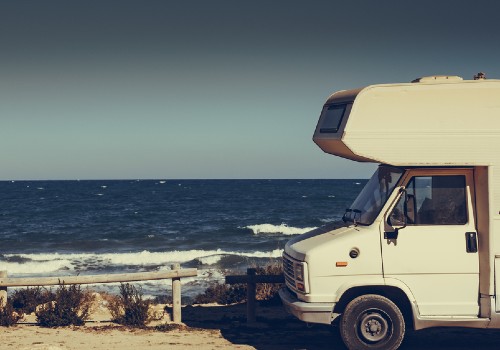
You can’t pin a badge of honor on one person for establishing camping at national parks. In 1903, when writer and conservationist John Muir took soon-to-be President Theodore Roosevelt on a camping trip to Yosemite, it sparked a conversation about preserving our country’s natural wonders.
Soon after, Yellowstone became our first national park, followed by Yosemite.
At that time, trains were the primary method of travel. So it’s not surprising that to increase profits, locomotive companies promoted vacations to these newly founded outdoor paradises.
At the 1915 Panama-Pacific International Exposition, Union Pacific (one of the biggest railroad companies) built a vast four-and-a-half acre model of Yellowstone with working geysers, which included campgrounds.
Their half-a-million-dollar model convinced the U.S. government to establish the National Park Service to oversee the parks and establish campgrounds. While middle-class Americans hopped the train with their tents, those with Antique Era (1910-1945) house cars and tent trailers (early motorhomes and travel trailers) began showing up to the campgrounds.
Through the Great Depression, the national parks allowed Americans to get away from their everyday worries with their RVs and tents at rates almost anyone could afford. When Roosevelt started the parks, he was determined to make sure that the average citizen could enjoy them.
Today, the average price for a national park entry ticket is $12-$15 per person and will increase to $30-$35 within the next five years.
Mission 66
After World War II, the veterans came home, settled down, and renewed the wanderlust spirit of camping. The vintage era (1948-1970) saw significant RV technology advancements with the “Canned Ham” travel trailers from manufacturers like Shasta. Private campgrounds started to pop up, but the national parks were still a big draw.
In 1966, Congress passed the Mission 66 Act that established the parks and various significant locations around the country of historic value need to be protected. The newly formed Advisory Council on Historic Preservation allowed the parks and other landmark sites into the National Register of Historic Places.
Yellowstone National Park was now considered a historic location just like the Battlefield of Gettysburg, Mount Rushmore, and the other 423 national preserves. The additional protection and other legislation that followed allowed the federal government to make some much-needed repairs and modernizations to the parks and campgrounds like laying in plumbing and electricity.
As the years continued, most of the legislation focused on national park issues. The 1998 Omnibus Management Act allowed private franchise companies to operate within the parks to handle secondary concerns like food concession, merchandise, and other issues. The franchisers would pay a fee to operate. The Act also solidified Congress’s authority that any changes had to go through them.
What Are National Park Campsites Like?
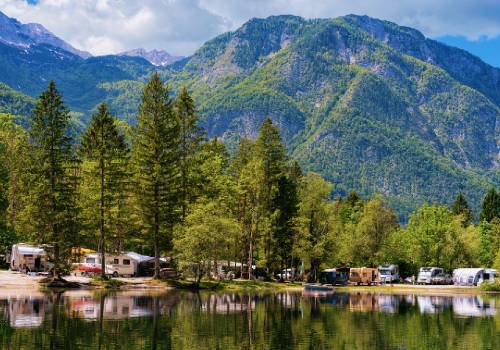
Camping is allowed in national parks in the designated campground areas. When you plan your trip, understand that the campsites are not like the KOA or other full amenity private campgrounds. You’ll find the campsites in an oval-like configuration, each of which has a wooden post with a clip on it. You’ll hang a 3×5 card from the clip from the post that designates it as yours.
With a few exceptions, you’ll find either primitive (no hookups) sites or partial hookups (water and 30 amp electric only). More significant national parks like Yellowstone have a few sites with full hookups, but you need to reserve them well in advance. The parks don’t have camp stores, playgrounds, or other features.
There’s a reason the average length of national park campsites is around 27 feet. Popular parks have a handful of 40 feet sites, but most parks have 30 feet sites. Smaller national parks have 20-foot campsites. For more information on RV size restrictions, check out our article on the perfect RV sizes.
The maintenance crews do their best to keep the campgrounds in good condition, but their priority is the park itself. You may find campsites where the plant-life has shortened the campsite length. Under federal law, every animal, plant, branch, leaf, and flower fall under the preservation protection laws. That means the maintenance crew can’t cut it back.
As a visitor, the campground rules forbid you from altering the plantlife in any way. If caught, the park rangers will ask you to leave. Major infractions come with fines or worse. Remember, the park rangers are federal employees and considered law enforcement within the national park. You may think of them as Ranger Smith from the Yogi Bear cartoons, but a better perspective is more of a state trooper mixed with fish and game.

In How Many National Parks Can You Camp?
All 63 national parks have designated campgrounds. The larger ones have multiple campgrounds. There are another 67 locations that fall under the National Park Service that have camping, which we’ll discuss later. Under normal conditions, the national parks allow camping in two different ways: first-come-first-serve (FCFS) and reservation required (RR).
Those that have multiple camping areas will have one location for FCFS and another for RR. During their busy time, the park service will switch things up to RR during high volume times or unexpected times of full capacity. The best way to find out how to proceed is to call the individual park’s main office and talk to the reservation desk directly.
Whether you pull into an FCFS or RR campsite, the longest you can camp in a national park is 14 days consecutively. They will have a “cooling-off” period of the same time or more extended before you can camp again. The National Park Service wants to provide camping opportunities to as many people as possible.
Currently, the fee you have to pay to camp in a national park ranges between $10-$20 a night. Due to the passage of recent legislation, those rates will increase nominally within the next five years. We’ll discuss this more when we talk about the Great American Outdoors Act.
A great way to save money on your National Park adventures is enrolling for the America the Beautiful Pass through the National Park Service. The $80 pass is free to veterans, active military, and those with disabilities. Seniors can take advantage of the $20 renewal fee after the first year.
The pass covers your vehicle and entry fees to over 2,000 locations, including the national parks, historic landmarks, and other significant places. The pass covers everyone in your car, including three adults over 16 years of age. Children under the age of 15 have free admission.
The National Park Pass doesn’t cover camping, but those eligible for the Access Pass (those determined to be permanently disabled) can receive camping discounts. For further information, you go to the official website to learn how to qualify.
How Do You Camp Responsibly in National Parks?
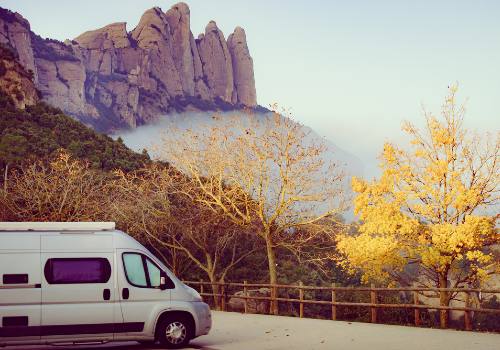
Each national park will have campground rules you must follow. Here are some general etiquette rules they all share in common:
Noise
Quiet hours are from 10 P.M. to 6 A.M. If you’re a night owl or early riser, please be considerate. During non-quiet hours, good etiquette recommends maintaining a comfortable noise level. You may enjoy your music, but your neighbors or the people five campsites down may not.
Light
Most campgrounds don’t have specific rules against your lanterns or lights, but be courteous to those trying to sleep. Try to contain your lights by using directional lights or shielding them. Part of the national parks’ thrill is escaping urban life’s light pollution to enjoy the night sky’s full magnificence.
Maintain Campsite Borders
Walking through someone else’s campsite is like walking through their front or back yard. It may be a shorter distance to your destination, but going around is considered good etiquette at any campground setting. Good fences make for good neighbors in residential areas; the concept holds with camping too.
Clean Camping is Good Camping
One of the rules the Boy/Girl Scouts hold is to leave your campsite cleaner than you found it. Remember, you’re camping in a nature preserve. When you leave garbage around, it attracts bugs, rodents, and animals. As an RVer, you represent the community as a whole.
Don’t Become a Land Grabber
In recent years, a new problem has arisen. Marked campsites that are empty during the day get stolen by others. While the original campers are out in their motorhomes, others will come in, set up their RV, and remove the card on the post that shows the site is in use.
One of the defining characteristics of the RV community is our trustworthiness. While enticing, it’s the fastest way to get kicked out of the park. The park service does a great job keeping up with how many open spaces they have. If they let you in, there is a free campsite nearby. Please be respectful to your fellow RVers and campers.
Remember Smokey the Bear
If the national park allows you to have campfires, keep them contained within the provided fire rings. Before you add that next log, consider how much longer you’ll need the fire. Only use downed sticks and branches. Have a bucket of water ready to put the fire completely out.
You can read more on the National Park Service’s Leave No Trace article for more etiquette tips. Irresponsible camping has caused wildfires, animal attacks, and many other avoidable problems. The national parks are there for everyone’s enjoyment, and as overnight visitors, you can ensure it says that way for many years to come.
What’s the Difference Between a National Park and a National Forest?
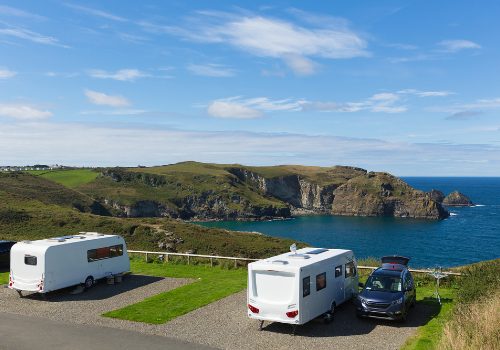
Want to Connect With a Community of Over 1,078 RV Enthusiasts?
There’s a lot of confusion between national parks, national forests, public land, and other related terminology. To clear things up, here are some straightforward language definitions and other points of interest.
U.S. National Park
An area of scenic or historic importance protected by the federal government. The land plant and wildlife are protected. The general public can visit to view the natural wonders and enjoy specific parts that pose minimal damage. Examples include kayaking, wildlife viewing/photography, touring, and other activities.
National Forest
A government-owned and controlled forested area rich with natural resources. Besides the 156 locations for tourism, the primary use is to utilize the water, timber, and grasslands for the nation’s interest while maintaining the land for healthy regrowth. If a timber company wants to cut in these areas, they must replace what they cut.
Historic Landmark/ Park
A specific location, building, or other historical value areas protected by the federal government for preservation. The Yorktown Battlefield in Virginia was the last battle General George Washington fought against the English in 1781. The land has been preserved for the public to learn about this event.
Public Land
- Unzoned land that’s government-owned and usable by the public. The Bureau of Land Management (BLM) or other agencies oversee the land.
You can find free RV camping in national forests and public land. You can expect dispersed campsites in national forests throughout the area marked by posts and possibly by small fire rings. The National Park Service monitors these short-term campsites. The expectation is for you to move on after a week or two.
Public land is raw land, primarily out west. People have set up on this land for more extended periods. You must bring in your water and supplies and safely transport your wastewater to proper dump stations. Occasionally, authorities do drive-through. If you contaminate the land with your wastewater or break any other rules, they can tell you to leave.
You can learn more about public land camping in our article that discusses this in detail.
What’s the Great American Outdoors Act?
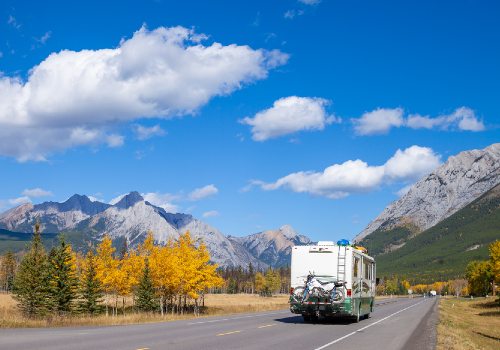
To make a repair or even the smallest modernization to the U.S. National Parks, Congress must be approved and signed into law by the President of the United States. The last significant improvement efforts to the parks happened in 1966 through the Mission 66 Act. Since that time, an estimated $12 billion repair and modernization “to do” list has built up among all 423 national sites the National Park Service (NPS) oversee.
On July 22, 2020, Congress passed the Great American Outdoors Act. President Donald Trump signed it into law on August 4, 2020. The GAOA will use $1.3 billion over the next five years ($6.5 billion) toward the repairs and modernization of all national sites around the country.
The GAOA gives resources to all of our national parks and historic sites. For example, it will help upgrade the Washington Monument elevators, restore landmark battlefields, and modernize national park campgrounds for today’s RVs.
Park and camping fees will rise but stay within middle-America’s price range, per the parks’ original goal. GAOA restoration of outbuilding bathhouses and hookups will upgrade to today’s standards. Many primitive sites will soon have hookups as well.
Instead of camp store structures, following the 1998 Omnibus Act line of thinking, permitted vendors will come through with food trucks and “convenience store” trucks, bringing the stores to the campers. The national parks’ money will primarily restore trails, historic buildings, and other rehabilitation concerns.
The GAOA doesn’t cover all of the parks and other national sites’ necessary needs, but bringing fees up to cost-of-living standards gives the department a better chance to use tourism money towards future repairs and further preservation.
Final Thoughts
National parks are amazing places, and we’d like you to take full advantage of this unique American experience.
Whether you go alone or travel with good friends and family, don’t miss out on this treasure of an adventure.
People travel from around the world to experience them, and for most of the folks reading this article, they’re in your backyard. Happy camping RV troopers.
A Beginners Guide to Camping (Video)
"Man cannot discover new oceans unless he has the courage to lose sight of the shore."
-- Andre Gide

